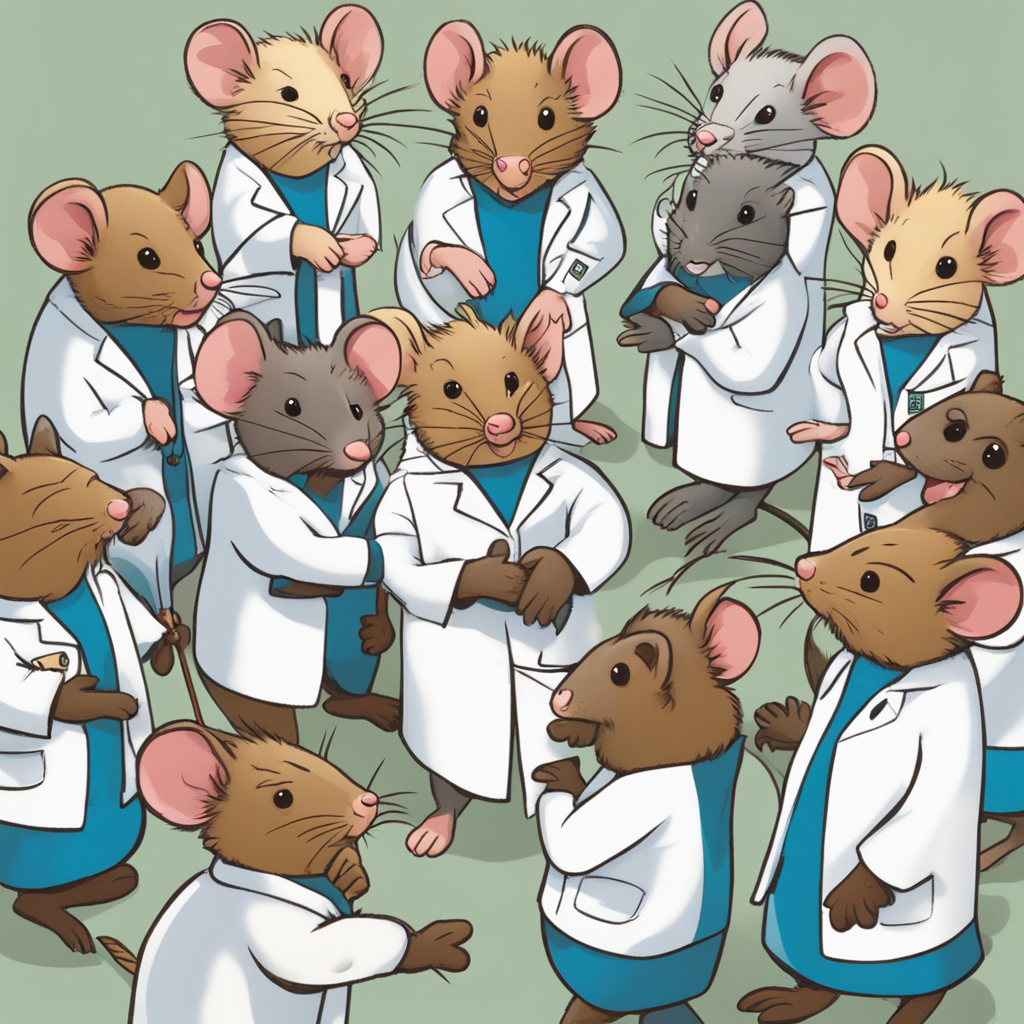How Mice in Lab Coats Are Teaching Us to Think Outside the Autism Box
Hello there, fellow therapy aficionados and science enthusiasts! Let’s dive into something that’s been brewing in my seasoned therapist’s pot for over two decades. We’re talking about autism, a rainbow of experiences where no two colors are quite the same. Remember Stephen Shore’s golden words? “If you’ve met one person with autism, you’ve met one person with autism.” Well, he wasn’t kidding!
Now, onto something exciting brewing at Children’s Hospital Los Angeles. These folks are onto something big, and it’s about time! They’re shaking up the autism research world with their new study, and let me tell you, it’s not your average, run-of-the-mill research.
For years, we’ve been using these cookie-cutter animal models in labs to study autism. Picture a line of identical white mice, all cloned from the same mold. Not exactly representative of the wonderfully diverse human population, right? That’s like expecting every therapist to have the same sense of humor (spoiler: we don’t).
Enter the CHLA team, led by the dynamic duo of Manal Tabbaa, PhD, and Pat Levitt, PhD. They’re mixing things up by introducing genetically diverse rodent models. Think of it as a party with 33 different types of mice, each bringing their unique genetic flair to the table.
The focus? The CHD8 gene mutation, a known but not consistent player in the autism game. The team compared mice with the mutation across various genetic backgrounds to a control group without the mutation. And surprise, surprise! The mutation manifested in myriad ways, just like in humans.
Here’s where it gets juicy for us therapists. This approach could revolutionize how we understand and treat autism. By acknowledging the genetic diversity, we’re closer to tailoring treatments that actually resonate with each individual’s unique needs. It’s like finally having a therapy toolbox that’s not just filled with hammers when you need a screwdriver.
But, let’s not get ahead of ourselves. Implementing this on a grand scale is like trying to organize a therapists’ convention where everyone agrees on the best therapy approach (good luck with that). We need more resources, more collaboration, and maybe a sprinkle of fairy dust.
In the meantime, Dr. Tabbaa is using this groundbreaking model to delve deeper into the mysteries of autism’s neurobiology. The hope? That these lab discoveries will transform into real-world treatments that actually make a difference.
So there you have it, folks! Autism research is getting a much-needed makeover, and it’s about time. Here’s to hoping that the future of autism treatment is as diverse and colorful as the spectrum itself. Now, if only we could get those lab mice to fill out their own therapy feedback forms…

